Species
Already know what you're looking for?

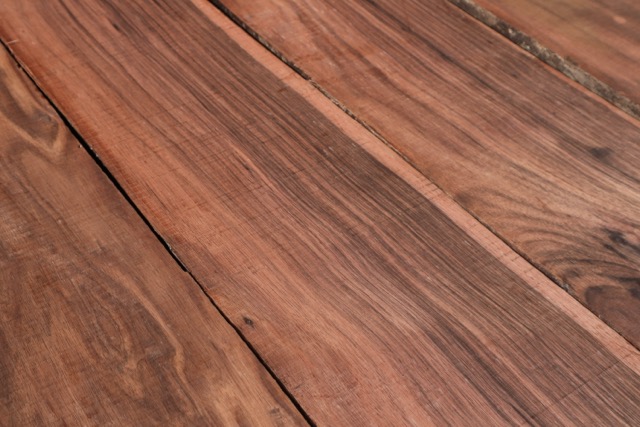
boxmaking, cabinetry, crafting, fine furniture, lutherie, musical Instruments, specialty items, turnings
Detail
Common Uses



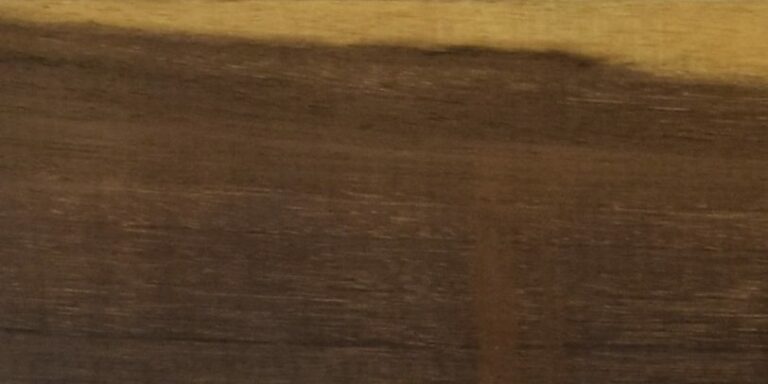
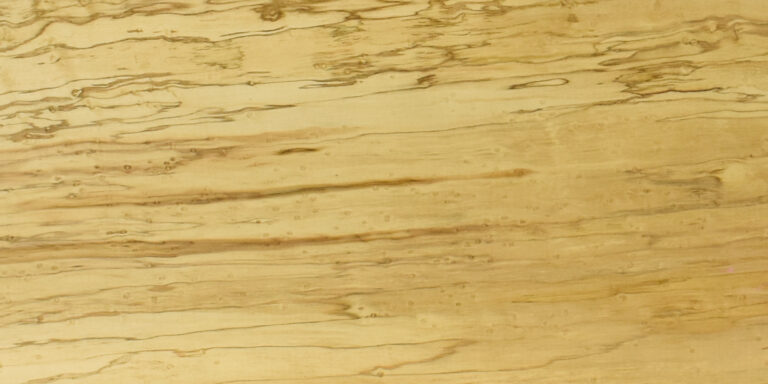

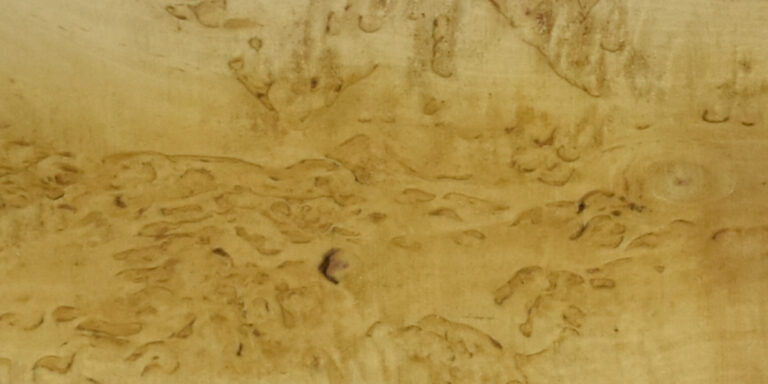
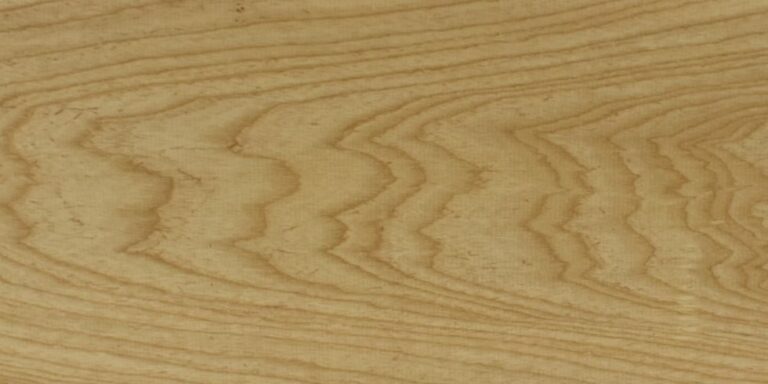

cabinetry, flooring, furniture, lutherie, musical Instruments, specialty items, turnings, veneer
Detail
Common Uses


cabinetry, furniture, gun stocks, interior panelling, specialty items, turnings, veneer
Detail
Common Uses


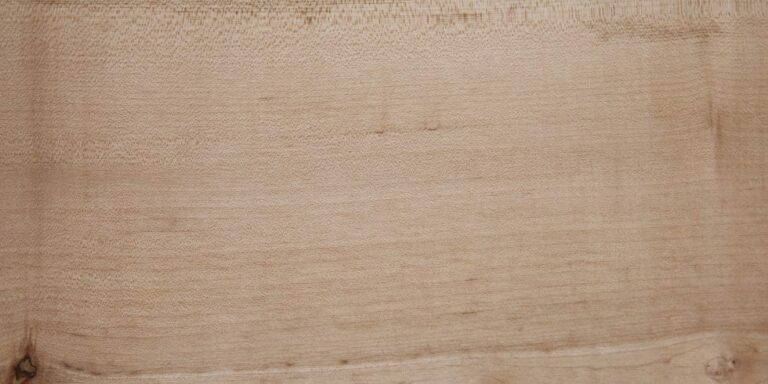
cabinetry, flooring, furniture, joinery, millwork, musical Instruments, specialty items, turnings, utility lumber, veneer
Detail
Common Uses

boatbuilding, cabinetry, carving, construction, flooring, furniture, specialty items, turnings
Detail
Common Uses
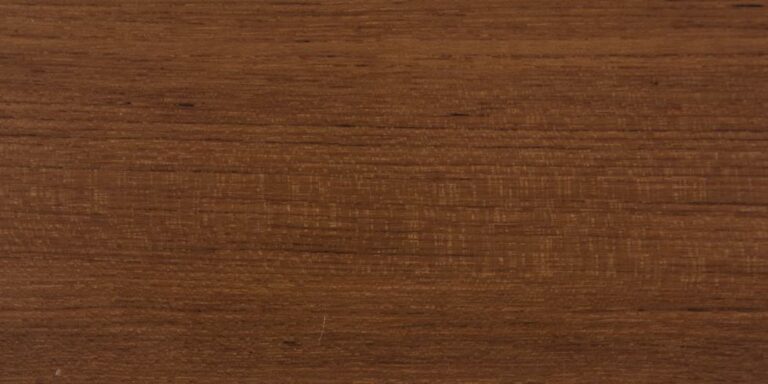


bandings, bows, boxmaking, inlay, musical Instruments, pool cues, specialty items, turnings, veneer
Detail
Common Uses
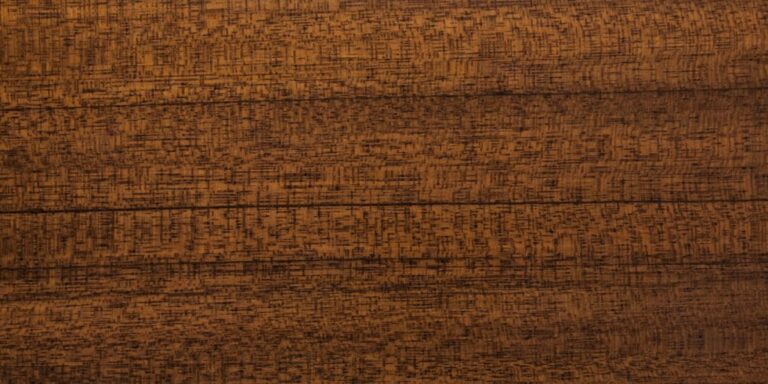
boatbuilding, cabinetry, carving, flooring, furniture, gun stocks, joinery, paneling, specialty items, turnings, veneer
Detail
Common Uses

cabinetry, furniture, gun stocks, interior panelling, specialty items, turnings, veneer
Detail
Common Uses

boatbuilding, cabinetry, carving, flooring, furniture, handles, inlay, musical Instruments, trim, turnings, veneer
Detail
Common Uses

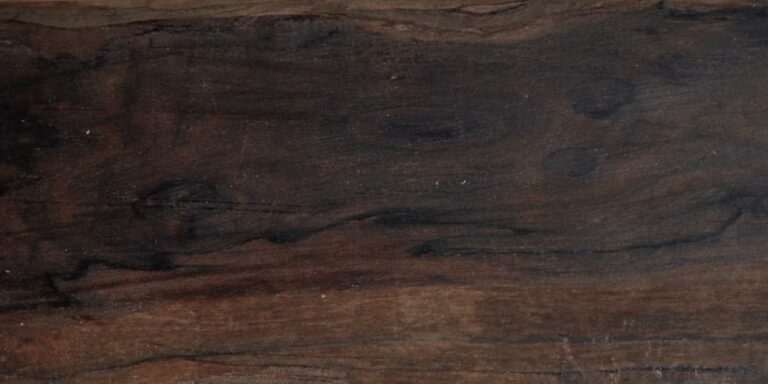
cabinetry, flooring, furniture, gun stocks, joinery, lutherie, musical Instruments, specialty items, trim, turnings, veneer
Detail
Common Uses
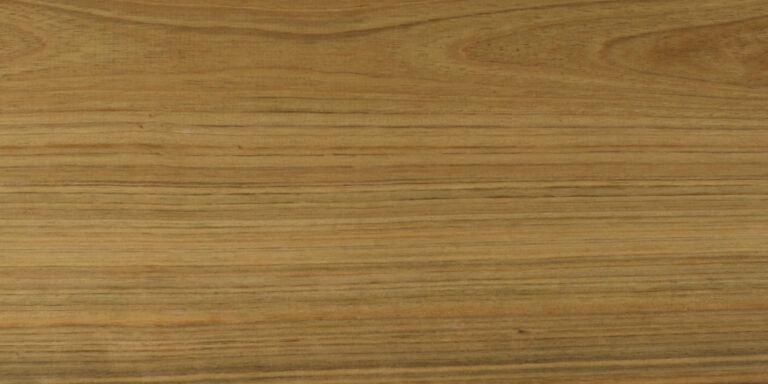


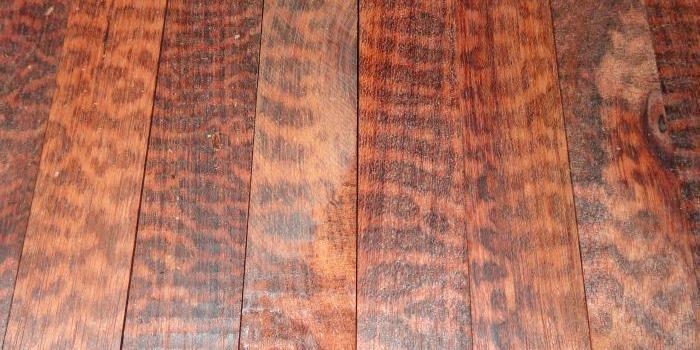


cabinetry, carving, furniture, inlay, millwork, musical Instruments, turnings, veneer
Detail
Common Uses
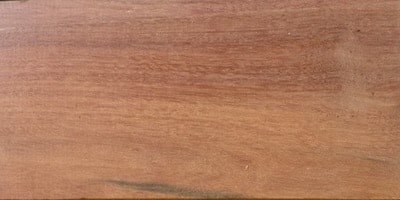

chess pieces, inlay, knife handles, musical Instruments, pool cues, specialty items, turnings, veneer
Detail
Common Uses

boatbuilding, cabinetry, carving, decking, flooring, furniture, inlay, specialty items, turnings, veneer
Detail
Common Uses


boatbuilding, decking, flooring, furniture, millwork, specialty items, turnings, veneer
Detail
Common Uses



boatbuilding, cabinetry, carving, flooring, furniture, inlay, specialty items, trim, turnings, veneer
Detail
Common Uses


flooring, furniture, handles, specialty items, trim, turnings, utility lumber, veneer
Detail
Common Uses


boatbuilding, construction, flooring, furniture, handles, turnings, walking sticks
Detail
Common Uses


